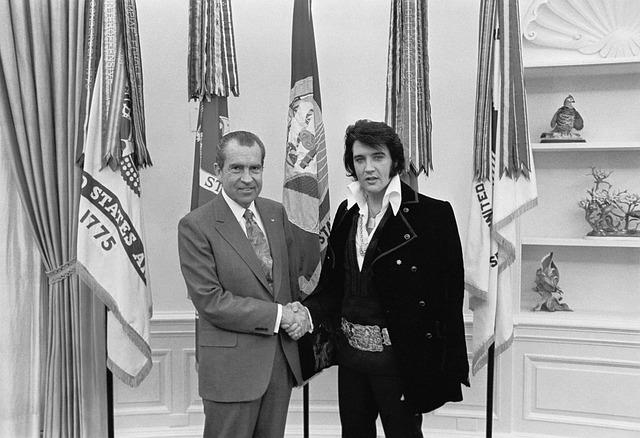Petty Expresses concerns About Tire Performance at Richmond
In a frank assessment following the recent NASCAR race at Richmond International Raceway,iconic driver Richard Petty articulated his dissatisfaction with the tire performance that marred the event. As a seven-time champion and a prominent voice in motorsport, Petty criticized the tire combination as inadequate and harmful to the overall racing experience.He remarked, “It kills the race,” highlighting how excessive tire wear and poor grip left both drivers and fans disheartened by a lack of competitive action. This year’s issues have raised questions about whether NASCAR and Goodyear are effectively addressing modern racing challenges.
Petty’s sentiments were shared by numerous drivers who struggled to maintain control of their vehicles on track,resulting in multiple caution flags and an underwhelming spectacle for spectators. He identified several critical problems related to tire performance:
- Insufficient grip, which negatively impacts vehicle handling.
- Rapid tire degradation, leading to shorter stints on track.
- Heightened accident risk, stemming from unpredictable vehicle behavior.
The motorsport community is now advocating for a reassessment of tire specifications for future races,urging NASCAR to prioritize competitive integrity for both participants and fans alike.
NASCAR and Goodyear Under Scrutiny for Tire strategies
The recent discussions within the racing community have centered around concerns regarding Goodyear’s tire strategy employed during the Richmond event. Richard Petty has been particularly vocal about how this setup diminishes excitement levels in races. He noted that under current conditions, these tires essentially “kill” any chance of thrilling overtakes, leading to a dull viewing experience. As NASCAR seeks to broaden its audience appeal, it faces challenges directly tied to tire performance issues.
This situation has prompted fans and analysts alike to call upon NASCAR and Goodyear for an urgent reevaluation of their approach towards tire compounds used in races. The outcry emphasizes several key areas needing attention:
- Poor Performance Longevity: Tires losing traction too quickly results in fewer competitive laps being completed.
- Lack of Strategic Options: Limited opportunities for pit strategies that could influence race outcomes significantly.
- Diminished Fan Engagement: A decrease in excitement leads directly to waning audience interest over time.
NASCAR alongside Goodyear must work together diligently on developing a comprehensive strategy that not only ensures safety but also delivers exhilarating experiences expected by fans across all events.
Strategies for Improving competitive Balance and Driver Safety
Tackling Richard Petty’s concerns regarding tires at Richmond requires decisive action from both NASCAR and Goodyear aimed at enhancing competitive balance while ensuring driver safety remains paramount. One potential avenue is exploring differentiated tire compounds designed specifically for improved grip without sacrificing durability—this could elevate overall racing quality while minimizing unexpected failures that jeopardize driver safety. Engaging with drivers actively can yield valuable insights into optimizing performance standards across various tracks.
Additionally, implementing more rigorous testing protocols could guarantee that tires are better suited across diverse track conditions encountered throughout different events.
A flexible approach towards tires may encourage strategic racing without compromising safety measures.
The following initiatives should be considered:
- Refined Pre-race Simulations: Conducting tests under simulated race conditions can provide crucial data on performance expectations before actual events occur.
- Candid Driver Feedback sessions: strong > Involving racers directly in discussions surrounding their experiences with tires can lead toward safer solutions tailored specifically around their needs.
li >
< li >< strong > Enhanced Monitoring Systems: strong > Utilizing advanced technology allows real-time tracking of wear patterns during races.
li >
ul >
p >< p > These recommendations aim not only at fostering equitable competition but also creating secure environments where drivers can focus primarily on maximizing their performances rather than managing potential pitfalls associated with subpar equipment.
p >< h2 id = "conclusion" > Conclusion: Insights into Racing dynamics
h2 >
Richard Petty’s candid critique regarding Richmond’s tire combination underscores growing frustrations within NASC AR circles concerning how vital proper equipment is when it comes down delivering high-quality entertainment value alongside maintaining participant welfare standards .With increasing pressure mounting upon stakeholders like NASC AR & G oodyear ,finding effective resolutions will be essential moving forward if thay wish not just retain existing fan bases but attract new ones as well. As this season unfolds , all eyes will remain focused intently upon how these organizations respond proactively towards addressing highlighted issues shaping future trajectories within N ASC AR .










